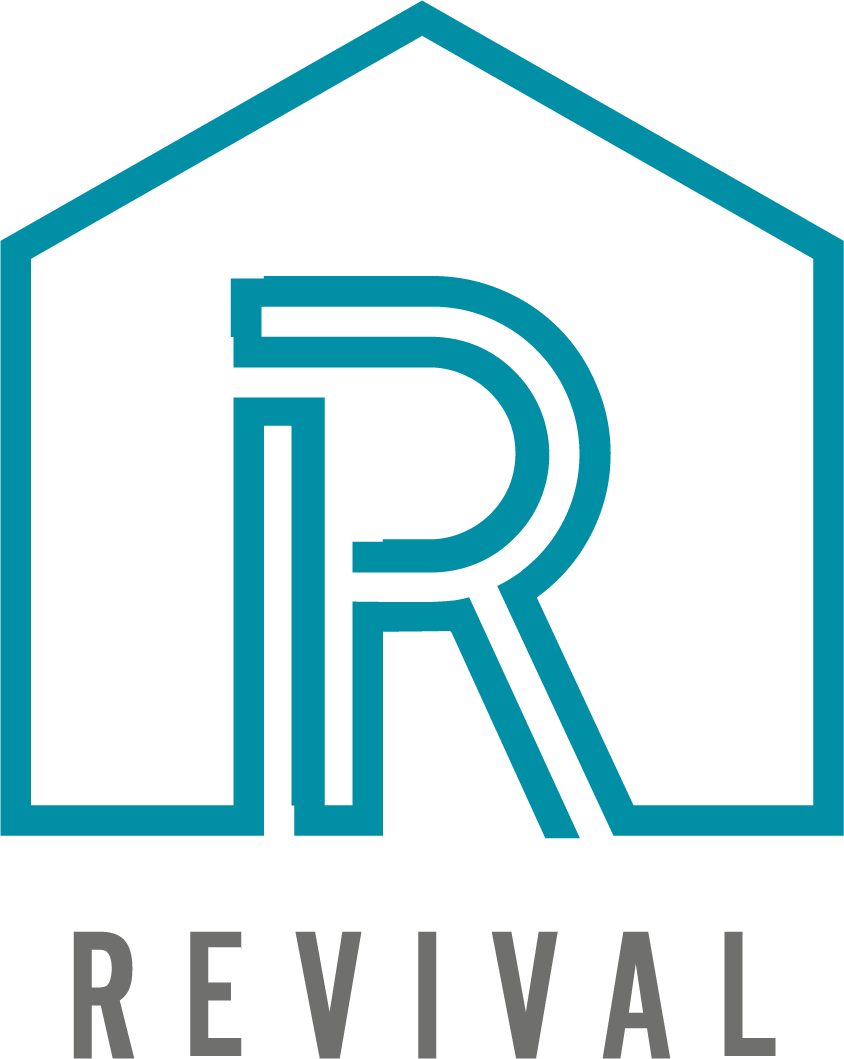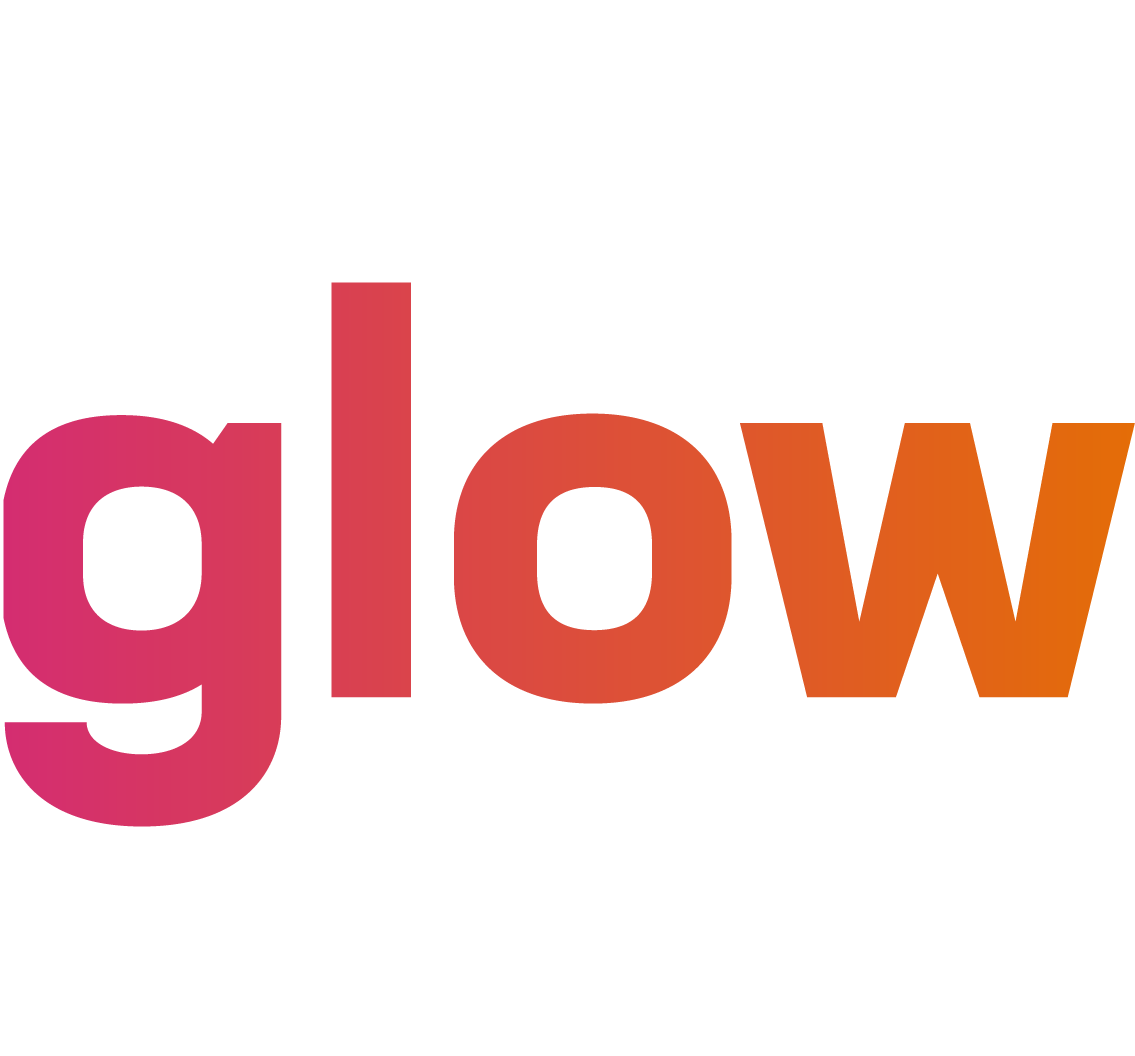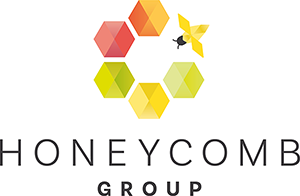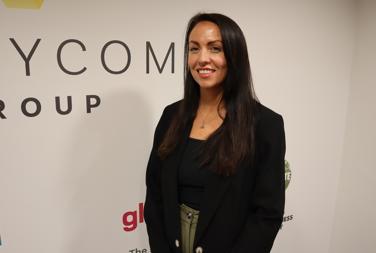
Honeycomb Group to host charity football match in aid of Glow and Concrete
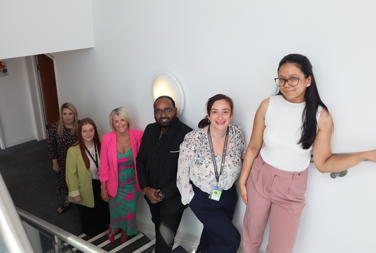
Honeycomb Group achieves Thrive at Work accreditation
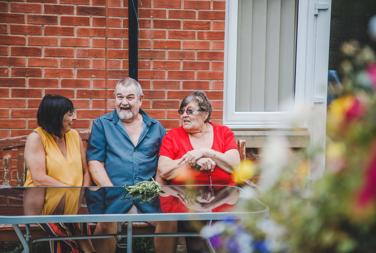
Celebrating our first year of Thriving Futures
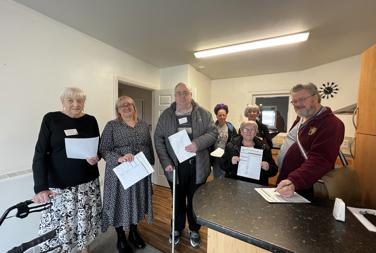
Honeycomb Group's Customer Voice Report is now live!
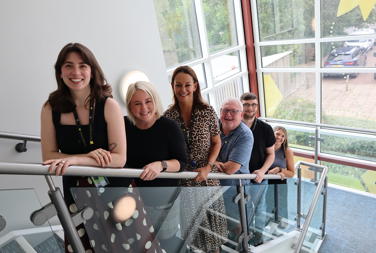
Honeycomb Group launches modernised, streamlined housing management system
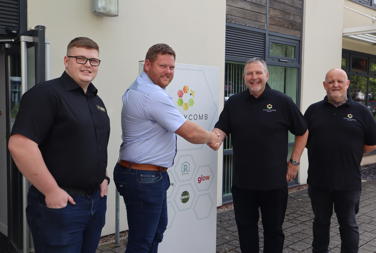
Important changes to your Repairs Service
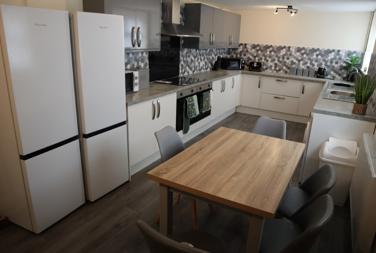
Honeycomb Group launches 25 new homes for local people facing homelessness and domestic abuse
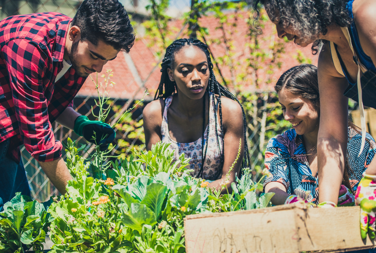
Concrete awarded £1,000 from TopCashback Sustainability Fund to transform outdoor spaces for...


